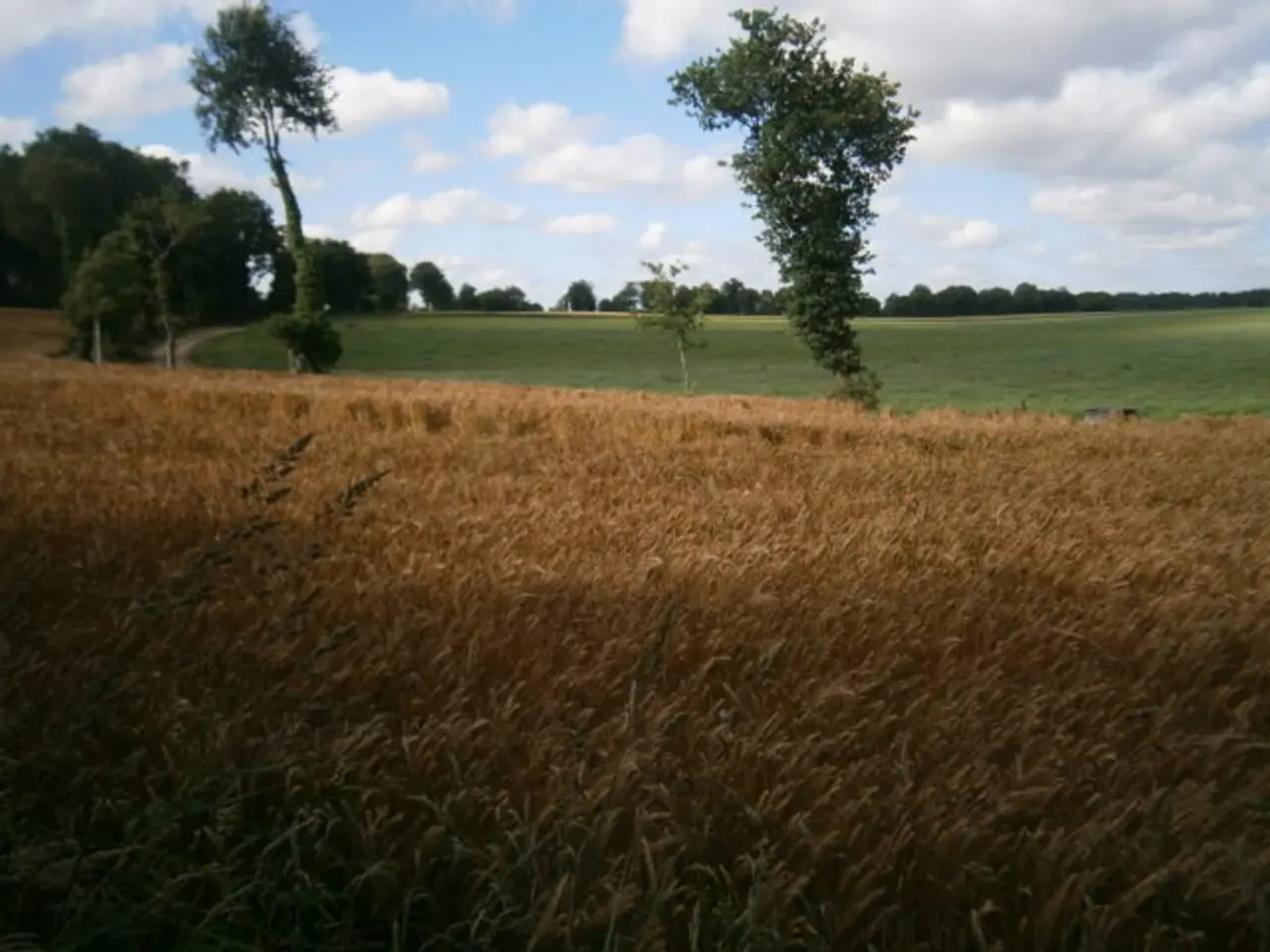Harvest prospects on nearly half of the world's farmlands may dwindle with a temperature increase of 2 degrees Celsius
In a recent study published in Nature Food, researchers from Finland's Aalto University have projected how climate change could modify the suitability of growing 30 major crops across the globe. The study, which analysed crops classified into five groups - cereals, fruits and vegetables, oil crops, pulses, and starchy roots - provides a worrying outlook for food production, particularly in tropical regions.
The researchers used a method called biotemperature, which considers both temperature and growing season, to project the changes under four scenarios, ranging from 1.5°C to 4°C of global warming. Under a 1.5°C warming scenario, more than half of the analysed crops would see a net decrease in their global potential cropland area. This trend becomes more pronounced as global warming exceeds 2°C, with all 30 crops experiencing a reduction in suitable cropland area under a 3°C scenario.
Regions near the equator, such as sub-Saharan Africa and south Asia, would see the greatest declines in potential crop diversity if global warming exceeds 2°C. The study warns of potential global food shortages if future production centres on temperate countries, leading to a disinterest in tropical crops.
The study's lead author, Sara Heikonen, emphasises the importance of international collaboration and support for countries that need help with adaptation to avoid detrimental impacts on global food networks. The researchers calculate crop diversity by counting the number of crops that could be grown in a specific area in the future.
The study identifies opportunities for climate change adaptation in regions where crop diversity is projected to increase under warming levels of up to 3°C. However, there are no specific countries identified where under a global warming level of 2°C the crop diversity would increase on more than 50% of the cultivated area.
Areas in brown on the map represent places where crop diversity is projected to decrease under 2°C of warming, while those in blue are areas where crop diversity is projected to increase. The study also identifies the "safe climatic space" for 30 major crops, which maps the current climatic space of the major production areas of each crop based on annual rainfall, biotemperature, and aridity.
The most affected crops under a 1.5°C warming scenario are wheat, barley, soya beans, lentils, and potatoes. The study's findings are relevant to the Sustainable Development Goals (SDGs) related to hunger, economic growth, inequality, cities, climate, oceans, biodiversity, peace, partnerships, and more.
The study calls for urgent action to limit global warming to 2°C to avoid detrimental impacts on food production, especially in the tropics where many of the world's most vulnerable nations are located. It also highlights the need for more research in tropical systems to continue to emphasise the need for adaptation.








